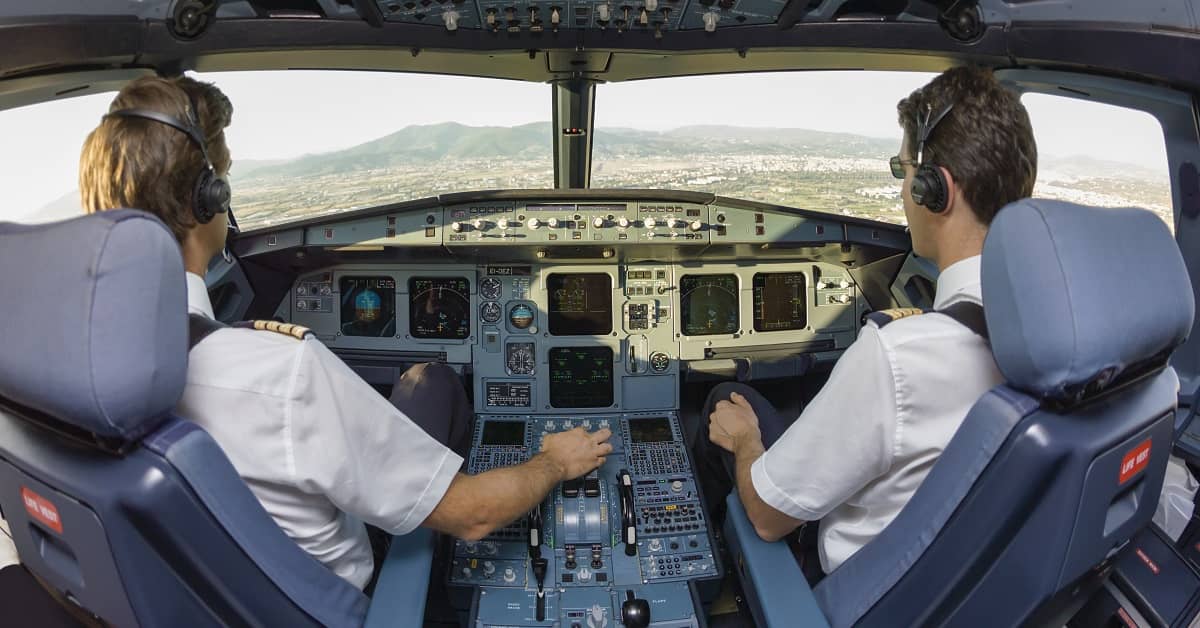
For many years pilots were considered untouchable in the realm of aviation accident investigation. Their judgment and actions leading up to a crash were rarely questioned, with investigators generally focusing on mechanical issues, weather conditions, bird strikes – anything but the person at the controls.
Although mechanical failure is a significant factor in aviation accidents, mounting evidence shows that pilot error is the number one reason that airplanes crash. Today, airlines and federal authorities alike closely scrutinize the role of the pilots and flight crew in determining how these accidents occur.
If you have been injured or lost a loved one in an aviation accident, it is crucial to hire an attorney as soon as possible. These claims require prompt, thorough investigation and advanced knowledge of complex litigation. Contact aviation accident lawyer Patrick Daniel today for a free consultation.
Flying a commercial aircraft is a stressful job. Pilots must undergo years of training and complete thousands of flight hours before they can captain an airliner.
However, in spite of all this training, pilots still make mistakes – sometimes fatal ones. Some of the most common issues that lead to pilot error include:
Even veteran pilots may fall prey to one or more of these issues. Although in some cases a pilot’s error can be caught in time and the flight crew regains control of the plane, in other cases the outcome can be disastrous.
Most aviation accidents occur due to a combination of factors. Pilot errors often exacerbate issues such as malfunctioning instruments, inclement weather, and more. However, the pilots and flight crew are ultimately responsible for ensuring the safety of the aircraft and everyone on board.
The following pilot errors can increase the risk of an aviation accident at any point in the course of a flight:
It may seem unbelievable, but some aviation accidents occur because pilots taxi to the wrong runway. This can result in collisions with objects on the runway (such as construction materials, service vehicles, etc.) as well as midair crashes with other planes shortly after takeoff.
Midair collisions are true airline disasters, frequently resulting in the deaths of everyone aboard both planes. However, errors during takeoff may also result in an accident involving only one aircraft.
Some of the most common pilot errors during takeoff include failure to build up sufficient speed, misuse of instruments, and loss of control. Losing control of the aircraft may occur due to external conditions (such as an icy or slippery runway) or miscalculation on the part of the pilot.
Once the plane is in flight, the pilot is responsible for keeping the aircraft on-course. Sometimes the flight path needs to be adjusted to avoid bad weather, other aircraft, and additional hazards, but the plane should be put back on course as soon as possible.
During navigational changes, pilots may commit errors when transitioning from reading instruments to observing visual flight rules. This can result in loss of altitude and other problems that can lead to a crash.
In extreme cases, uncorrected navigational errors can put a plane way off-course. Along with the risk of a collision, such a serious error can result in the aircraft running out of fuel.
The “flight envelope” is the aeronautical term for an aircraft’s range of performance. It encompasses the plane’s top speed; service ceiling (i.e., the highest altitude at which the aircraft can fly); maximum pitch, roll, and yaw; and other aspects of maneuverability.
Pushing an aircraft past its limits carries a high likelihood of a stall. When one or more of the engines stall, pilots and flight crews have a limited time in which to bring the engine(s) back online and avert an accident.
Both experienced and novice pilots may suffer a loss of control when they exceed the plane’s flight envelope. This loss of control is frequently exacerbated by inadequate protocols or insufficient training in how to handle emergency situations.
Safely landing an airplane is a complex process. Pilots must closely monitor airspeed, determine when to reduce power and lower the flaps, and adjust for the speed and direction of the wind.
Errors in any of these tasks can lead to a midair collision with another plane or the aircraft coming up short of the runway. Miscommunication with air traffic control may also result in collisions on the runway as the plane lands.
The majority of aviation accidents stem from a multitude of errors meeting a host of unfavorable conditions. Pilots are entrusted with the responsibility of overcoming challenges during flight to get the aircraft and its passengers to their destination safely.
When pilots fail in this duty, the results are often catastrophic. Aviation crashes are among the most high-profile of any type of accidents. Catastrophic injuries and fatalities are the rule rather than the exception, with casualties often numbering in the hundreds.
Liability in aviation accidents is a complex issue, with the pilot often sharing fault with the airline and other parties. Attorney Patrick Daniel partners with leading experts in aviation to investigate the accident, determine who is responsible, and pursue fair compensation on your behalf.
Please contact Patrick Daniel Law by calling (713) 999-6666 today for a free case evaluation. Our aviation accident lawyer serves clients in and around Houston, throughout Texas, and nationwide.
 Top Truck Accident Lawyer in Pasadena
Top Truck Accident Lawyer in Pasadena Best of The Best Attorneys
Best of The Best Attorneys Best of the Best Houston Chronicle 2021
Best of the Best Houston Chronicle 2021 Best Motorcycle Accident Lawyers in Houston 2021
Best Motorcycle Accident Lawyers in Houston 2021 American Association for Justice Member
American Association for Justice Member The National Trial Lawyers 2016 – (Top 40 under 40)
The National Trial Lawyers 2016 – (Top 40 under 40)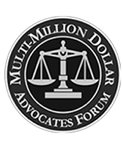 Multi-Million Dollar Advocates Forum 2016 (Top Trial Lawyer)
Multi-Million Dollar Advocates Forum 2016 (Top Trial Lawyer)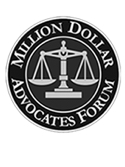 Million Dollar Advocates Forum 2019 (Top Trial Lawyer)
Million Dollar Advocates Forum 2019 (Top Trial Lawyer) America’s Top 100 Attorneys 2020 (High Stake Litigators)
America’s Top 100 Attorneys 2020 (High Stake Litigators) Lawyers of Distinction 2019, 2020 (Recognizing Excellence in Personal Injury)
Lawyers of Distinction 2019, 2020 (Recognizing Excellence in Personal Injury)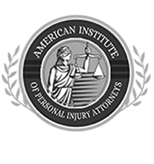 American Institute of Personal Injury Attorneys 2020 (Top 10 Best Attorneys – Client Satisfaction)
American Institute of Personal Injury Attorneys 2020 (Top 10 Best Attorneys – Client Satisfaction)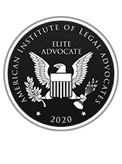 American Institute of Legal Advocates 2020 (Membership)
American Institute of Legal Advocates 2020 (Membership)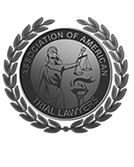 Association of American Trial Lawyers 2018 - Top 100 Award recognizing excellence in personal injury law
Association of American Trial Lawyers 2018 - Top 100 Award recognizing excellence in personal injury law American Institute of Legal Professionals 2020 (Lawyer of the Year)
American Institute of Legal Professionals 2020 (Lawyer of the Year) Lead Counsel Verified Personal Injury 2020
Lead Counsel Verified Personal Injury 2020 The Houston Business Journal 2021
The Houston Business Journal 2021